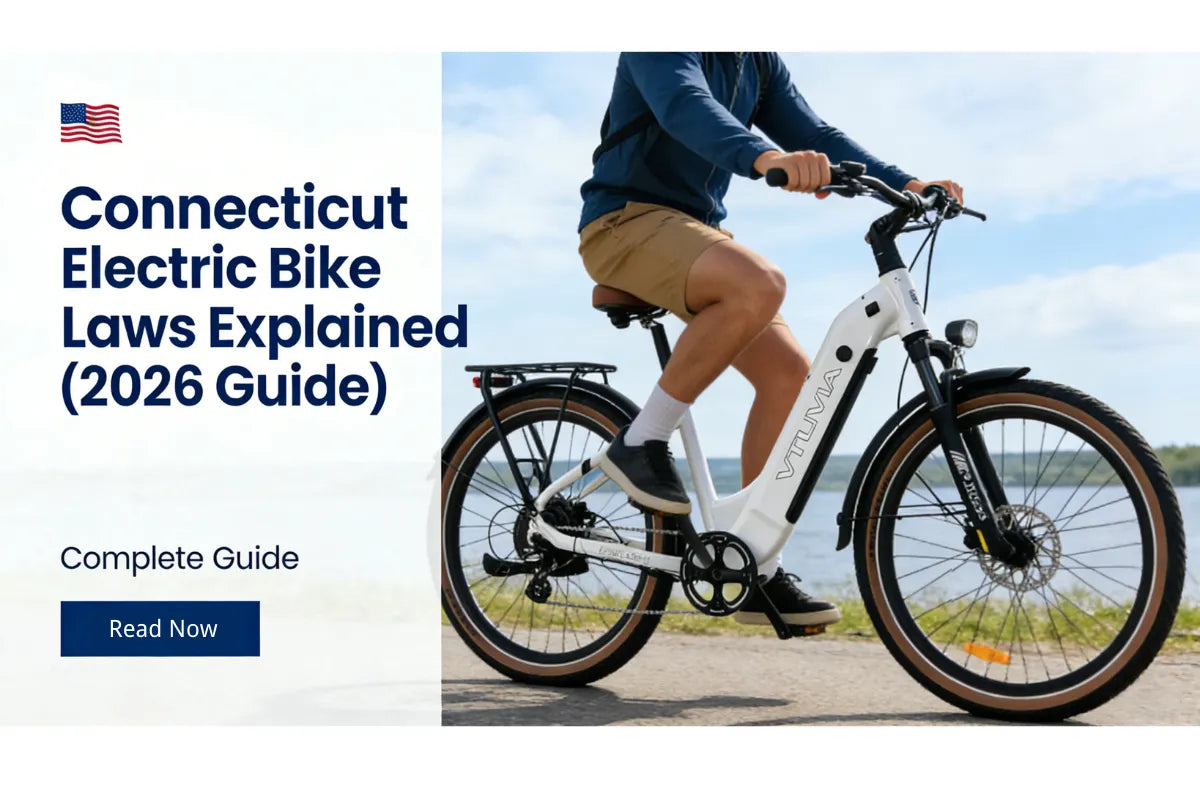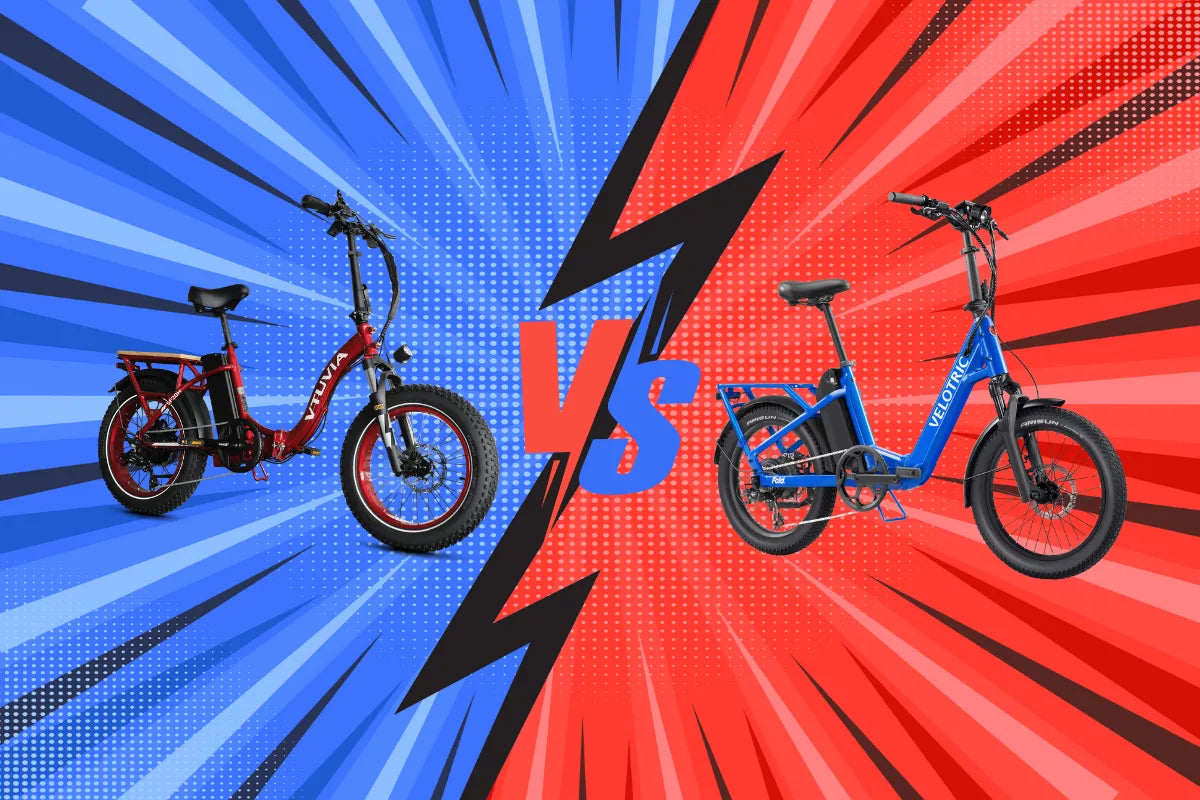Introduction
So, you're ready to embark on the electrifying journey of purchasing an electric bicycle? Excellent choice! Electric bikes offer a fantastic blend of convenience, eco-friendliness, and sheer fun. But before you zoom off into the sunset, it's essential to know what to look for when investing in one. From battery capacity to motor power, and everything in between, let's delve into the nitty-gritty of what should you pay attention to when buying an electric bicycle!

Understanding Your Needs
First things first, before diving headfirst into the world of electric bikes, it's crucial to assess your needs and preferences. Here's what to consider:
1. Intended Use
- Do you need it for daily commuting, leisurely rides, or off-road adventures?
- Will you primarily ride on smooth pavements, rugged trails, or both?
2. Range Requirements
- How far do you typically travel on a single trip?
- Are you looking for a bike with a longer battery life for extended journeys?
3. Terrain
- Will you be riding on flat terrain or encountering steep hills?
- Do you need a bike with robust climbing capabilities?
Key Features to Evaluate
Now that you've identified your needs, let's explore the essential features to scrutinize when browsing through electric bicycles.
1. Battery Capacity
Ah, the powerhouse of your electric steed! The battery capacity determines how far you can ride on a single charge. Consider:
- What's the battery's voltage and amp-hour (Ah) rating?
- Does the manufacturer provide an estimated range based on typical riding conditions?
2. Motor Power
The motor is the heart of your electric bicycle, propelling you forward with ease. Here's what to ponder:
- Is the motor hub-mounted or mid-mounted?
- What's the motor's wattage and torque rating?
3. Pedal Assist Levels
Pedal assist functionality enhances your riding experience by providing varying levels of assistance. Ask yourself:
- How many pedal assist levels does the bike offer?
- Can you adjust the assistance levels to suit different riding scenarios?
4. Frame Material and Design
A sturdy and well-designed frame ensures stability and durability. Look out for:
- Is the frame made of aluminum, steel, carbon fiber, or another material?
- Does the frame design accommodate your riding posture and comfort preferences?
5. Braking System
Safety first! A reliable braking system is non-negotiable. Check for:
- Are the brakes hydraulic or mechanical?
- Does the bike feature regenerative braking for improved energy efficiency?
Additional Considerations
In addition to the key features mentioned above, here are a few more factors to keep in mind:
- Weight: Is the bike lightweight and easy to maneuver, especially if you need to carry it upstairs or load it onto a vehicle?
- Cost: What's your budget for an electric bike? Consider not only the upfront cost but also potential maintenance expenses.
- Warranty: Does the manufacturer offer a warranty for the bike, particularly for critical components like the battery and motor?
FAQs: Demystifying Electric Bike Queries
Q1: Can I ride an electric bike in the rain?
Absolutely! Most electric bikes are designed to withstand light rain and moisture. However, it's essential to avoid submerging the bike or exposing it to heavy downpours for prolonged periods.
Q2: How long does it take to charge an electric bike battery fully?
Charging times vary depending on the battery capacity and charger specifications. Typically, it takes anywhere from 3 to 6 hours to fully charge an electric bike battery from empty to maximum capacity.
Q3: Do electric bikes require special maintenance?
While electric bikes require some maintenance, it's generally less intensive compared to traditional bicycles. Regularly check and lubricate the chain, keep the battery charged, and inspect the brakes for optimal performance.
Conclusion
Purchasing an electric bicycle is an exciting endeavor that opens up a world of possibilities for transportation and recreation. By paying attention to crucial factors such as battery capacity, motor power, and frame design, you can ensure that your e-bike perfectly aligns with your needs and preferences. So, what should you pay attention to when buying an electric bicycle? Everything mentioned above and then some! Happy riding, and may your journeys be electrifyingly fantastic!





Share:
Unlock the Joy of Spring Riding: How to Prepare Your E-Bike for the Season's Adventures!
Pedal Power Perks: US E-bike Tax Credit & Rebate 2024 Unveiled!